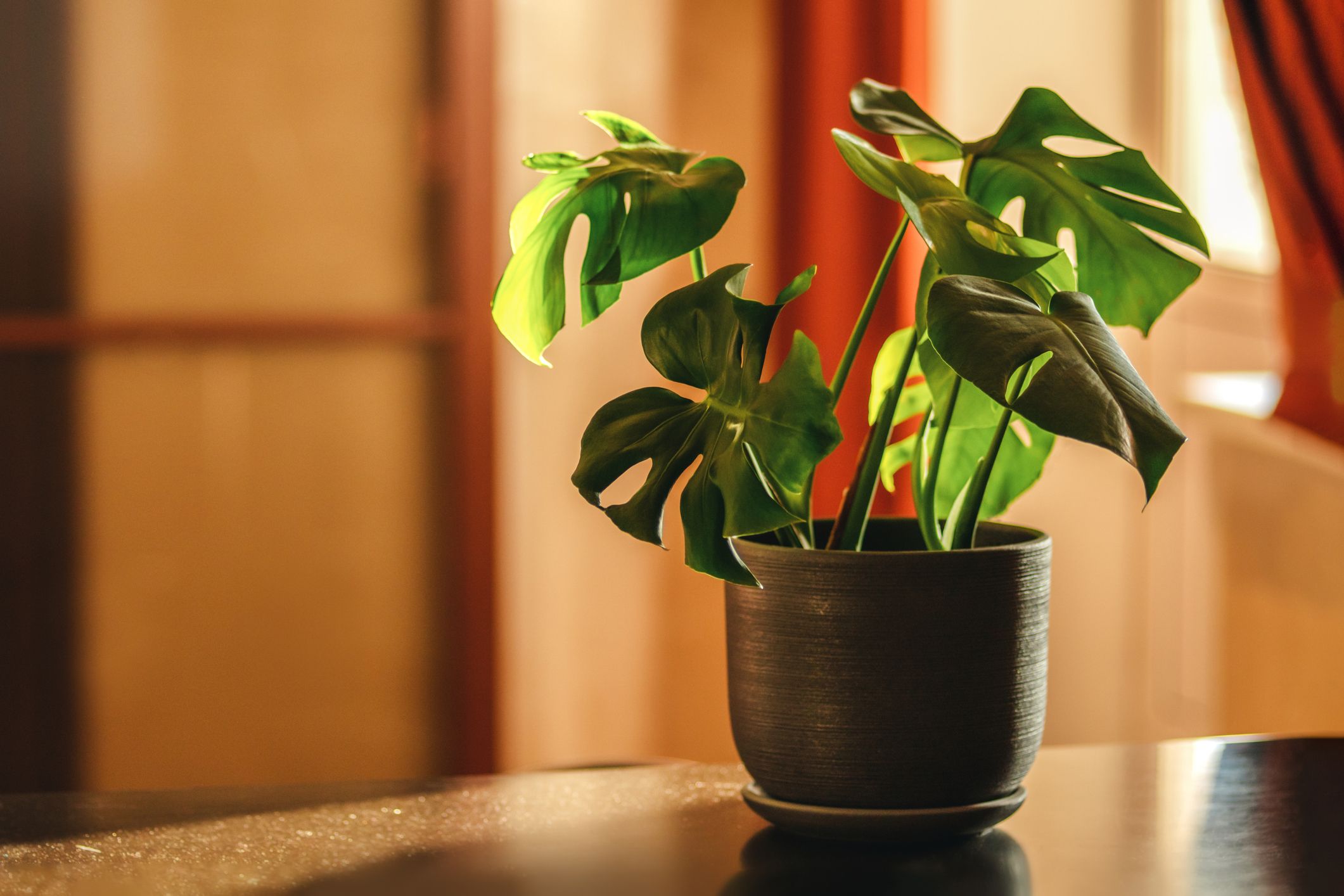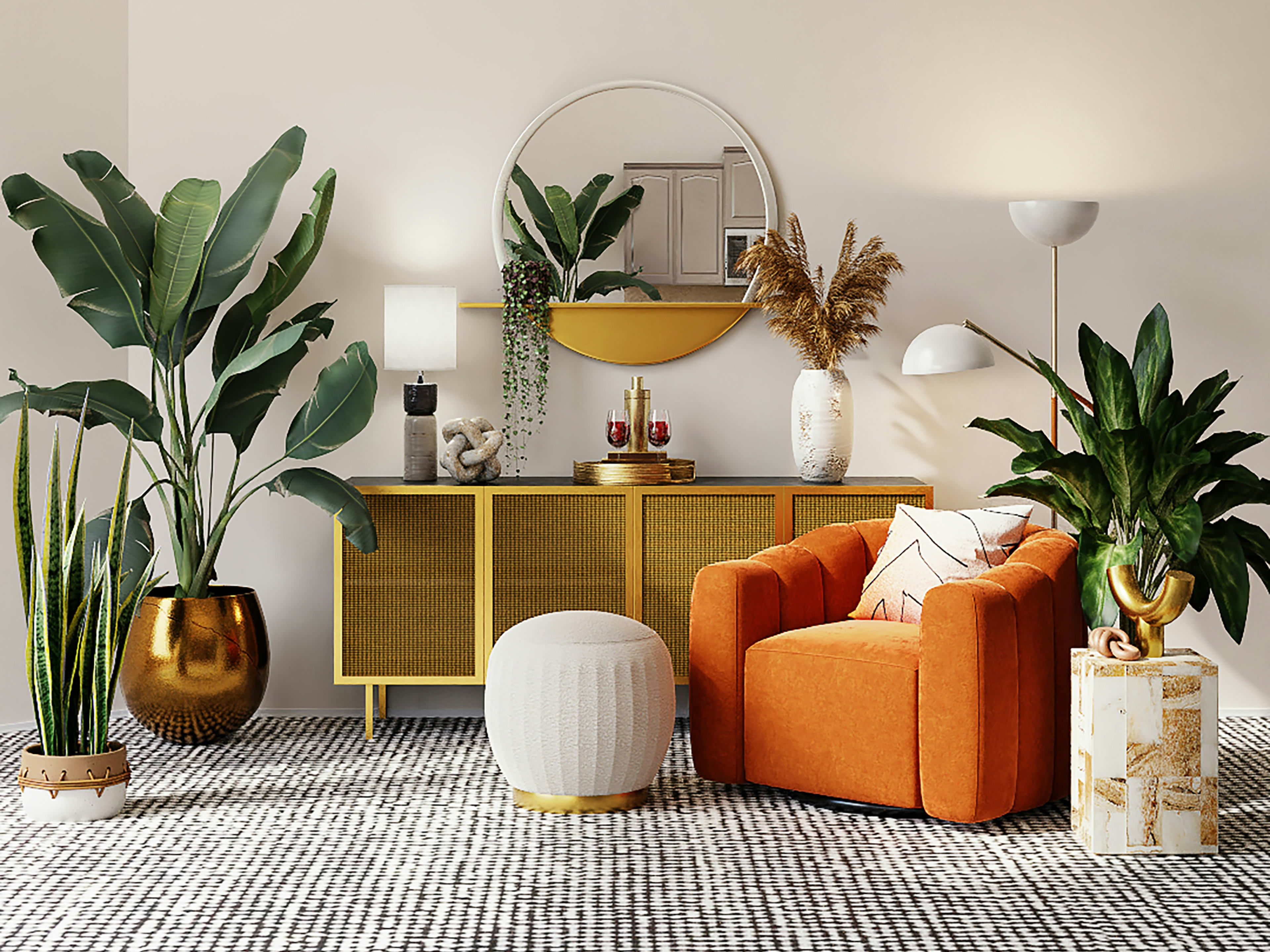Transform Your Home With Beautiful Low-Light Indoor Plants and Their Advantages
Integrating low-light indoor plants into your home can dramatically boost both the ecological and visual top quality of your space. These plants, which prosper in dark problems, offer not only as ornamental elements but also as all-natural air cleansers, making them perfect for urban dwellers or those with limited sunshine direct exposure. As we discover the different sorts of low-light plants and their benefits, you might discover unexpected ways to integrate them right into your home that can transform your surroundings in ways you could not have anticipated.
Advantages of Low-Light Plants
Low-light plants offer countless benefits for interior settings, making them an outstanding option for both newbie and skilled gardeners. Among the primary benefits is their flexibility to low-light conditions, allowing people to improve their space without the need for extensive sunshine exposure. This particular makes them suitable for apartment or condos, offices, and various other areas with restricted all-natural light.

Additionally, including low-light plants right into home decor can boost the visual appeal of a space. Their lush foliage and varied textures create a calming atmosphere, contributing to overall well-being. The existence of greenery has actually been connected to decreased anxiety levels and enhanced performance, making low-light plants a functional option for boosting both physical and psychological health and wellness in indoor setups.
Leading Low-Light Indoor Plants
While lots of interior plants grow in brilliant light, numerous types are specifically fit for low-light conditions, making them optimal for various indoor rooms. One popular choice is the Serpent Plant (Sansevieria), recognized for its striking upright leaves and strength, requiring very little treatment. An additional outstanding alternative is the Pothos (Epipremnum aureum), which includes heart-shaped fallen leaves and can trail magnificently from wall mounts or racks, flourishing in low light and including a lavish touch.
The ZZ Plant (Zamioculcas zamiifolia) is commemorated for its shiny leaves and ability to stand up to forget, making it excellent for busy way of lives. In a similar way, the Tranquility Lily (Spathiphyllum) not just endures reduced light yet additionally produces magnificent white flowers, improving any type of space's visual.
For an one-of-a-kind touch, consider the Cast Iron Plant (Aspidistra elatior), which indeed lives up to its name, growing in the darkest edges of your home. Last but not least, the Chinese Evergreen (Aglaonema) uses a selection of fallen leave patterns and colors while being extremely flexible in low-light problems. These plants not just enhance indoor environments yet likewise add to air filtration, improving your home.
Care Tips for Low-Light Plants

Watering techniques are vital; these plants typically prefer somewhat completely dry conditions. Overwatering can bring about root rot, so guarantee that the leading inch of soil is dry before sprinkling once more. Use pots with drain holes to allow excess dampness to leave.
Moisture is another essential variable. Many low-light plants, such as ferns and peace lilies, advantage from higher humidity levels. To raise humidity, think about misting the fallen leaves or putting a tray of water near the plants.
Fertilizing needs to be approached with caution. During the growing period, use a weakened, well balanced liquid fertilizer each month to support development, yet stay clear of feeding throughout the dormant cold weather.

Innovative Ways to Present Plants
Interior plants can function as exciting prime focus in any area, enhancing both aesthetic charm and atmosphere. Innovative screens can raise the aesthetic influence of low-light plants, making them an indispensable component of your home style. One reliable approach is to make use of tiered plant stands, which allow you to showcase multiple plants at differing elevations while making the most of floor space.
Hanging planters are an additional cutting-edge option, creating a sense of deepness and attracting the eye up. Consider macramé hangers or wall-mounted shelves to present an one-of-a-kind structure and style.
For a more organized technique, usage geometric terrariums or glass containers to house your plants, including a contemporary touch to your indoor yard. You can likewise repurpose vintage things, such as teacups or wood dog crates, for an eclectic display that mirrors your character.
Enhancing Home Ambiance With Plants
Incorporating low-light plants into your home not just boosts aesthetic appeal yet likewise contributes significantly to the general ambiance. These plants function as all-natural design elements, presenting a sense of harmony that can transform any type of space. The presence of plant fosters a relaxing atmosphere, which is specifically useful in high-stress settings such as office or living areas.
Low-light plants, such as snake plants, pothos, and ZZ plants, are not only cosmetically pleasing however additionally enhance interior air high quality by filtering system contaminants. This twin function improves the setting even more, developing a healthier space (Best low-light indoor plants). The calculated positioning of these plants can likewise influence the assumption of read this article room; for instance, tall plants can attract the eye upward, making ceilings show up greater and spaces extra spacious
Furthermore, differing appearances and colors of foliage add deepness to indoor design, enabling imaginative expression in home designing. Whether positioned on shelves, in corners, or as focal points, low-light plants can elevate the mood of any type of area. In recap, including these plants right into your home is a reliable method to cultivate a warm, inviting atmosphere while profiting of enhanced air high quality and aesthetic adaptability.
Verdict
Including low-light interior plants right into home settings supplies he has a good point countless benefits, including enhanced aesthetic appeal and boosted air top quality. These resistant plants, such as the Serpent Plant and Peace Lily, require minimal light and maintenance, making them suitable for varied lifestyles. Their capacity to filter toxins adds to a healthier space, while their varied textures and shades enhance interior decor (Best low-light indoor plants). Ultimately, the inclusion of low-light plants fosters a serene and inviting setting, changing any type of home into a serene sanctuary.
While several indoor plants grow in brilliant light, numerous types are particularly appropriate for low-light conditions, making them perfect for various interior spaces. One efficient method is to utilize tiered plant stands, which allow you to display several plants at differing heights while making best use of floor room.
Low-light plants, such as snake plants, pothos, and ZZ plants, are not just cosmetically pleasing but additionally improve indoor air top quality by filtering contaminants. Best low-light indoor plants. The strategic positioning of these plants can also influence the assumption of space; for instance, high plants can attract the eye upward, making ceilings show up greater and areas much more large
These resistant plants, such as the Snake Plant and Peace go to website Lily, need marginal light and upkeep, making them suitable for diverse way of lives.